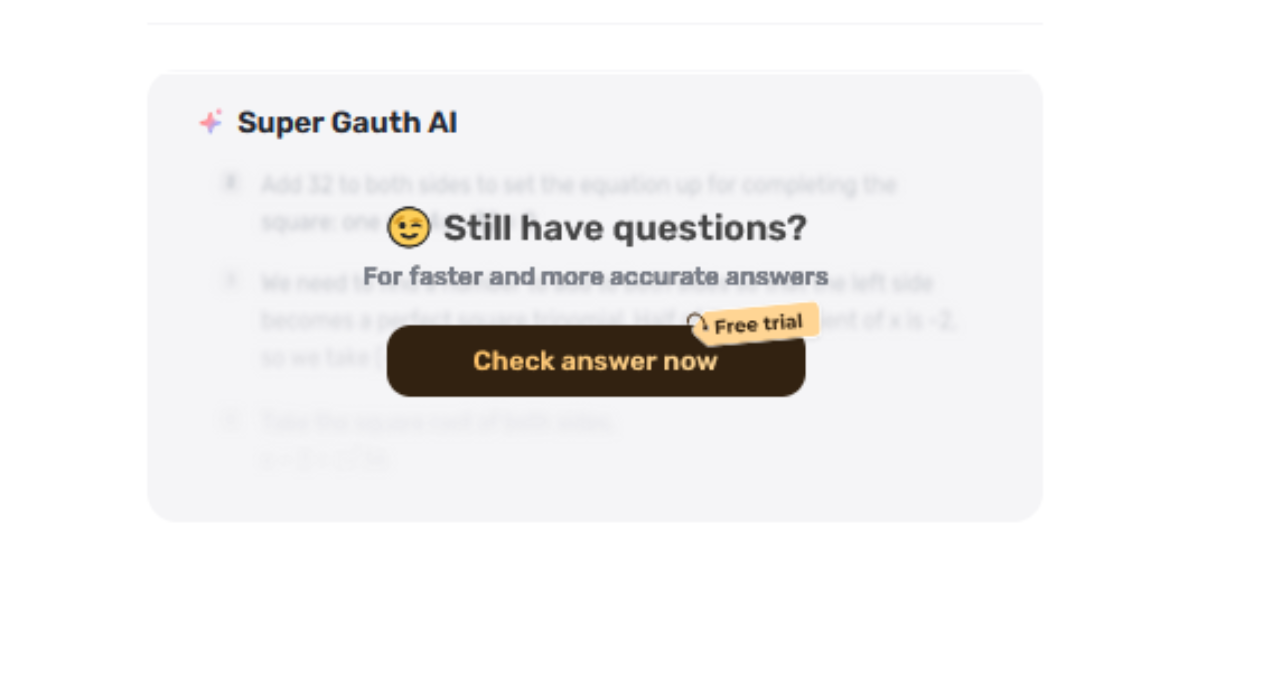Second-person portrayal could be one-of-a-kind and less commonly utilized point of see in writing, characterized by its coordinated address to the peruser as "you." This story fashion immerses the peruser within the story by making them a dynamic member instead of a detached spectator. This paper investigates second person stories tend to make the reader a. how second-person stories influence the peruser, particularly centering on how they change the peruser into a character inside the story. By looking at the components and impacts of this story approach, we pick up an understanding of its effect on reader engagement and enthusiastic inclusion.
Inundation and Engagement
In second-person stories, the peruser is straightforwardly tended to and locked in within the unfurling occasions of the story. By utilizing "you," the storyteller successfully places the peruser into the part of the hero or a dynamic member. This immersive method makes a sense of instantaneousness and individual inclusion, making the peruser feel as even though they are encountering the occasions firsthand. The reader's activities, choices, and responses got to be central to the story, upgrading their engagement with the story. This level of inundation can make the perusing involvement more distinctive and strong, as the peruser navigates the plot from a first-person point of view.
Recognizable proof with the Hero
Second-person narration often obscures the line between the peruser and the hero. By tending to the peruser as "you," the story energizes them to recognize the character's encounters and feelings. This recognizable proof can lead to a more profound enthusiastic association with the story, as the reader's considerations and sentiments are interlaced with those of the hero. This strategy can be especially compelling in investigating topics of self-discovery, individual development, and contemplation, as the peruser specifically encounters the protagonist's travel and challenges.
Mental Affect
The mental effect of second-person portrayal is critical because it can modify the reader's recognition of their part in the story. Not at all like first-person or third-person viewpoints, which keep up a clear refinement between the storyteller and the peruser, second-person portrayal kills this division. The peruser is situated as a dynamic member, which can lead to an increased sense of obligation for the narrative's result. This association can incite a more strongly passionate reaction, as the reader's choices and activities are specifically connected to the story's movement and determination.
Account and Intuitively Potential
Second-person portrayal opens up conceivable outcomes for intuitively narrating, where the reader’s choices can impact the narrative's heading. This approach is especially common in intuitive fiction and choose-your-own-adventure books, where the reader's choices affect the plot's advancement. By putting the reader in control, second-person portrayal improves intuitive involvement and permits a more personalized engagement with the story. This sort of account structure can make a sense of office and speculation within the story, as the reader’s activities have unmistakable results inside the account.
Impediments and Challenges
Despite its one-of-a-kind preferences, second-person portrayal moreover presents certain confinements and challenges. A few perusers may discover the coordinated address and immersive nature of second-person accounts disorienting or intrusive. The consistent utilization of "you'll make a sense of inconvenience or estrangement, particularly if the peruser does not relate to the character or the story's circumstance. Moreover, keeping up consistency and coherence in second-person portrayal can be challenging for writers, as the account must adjust the readerâ's association with the general plot and character improvement.
Handle for Tending to a Gauth Inquiry
1. Determine the Nature of the Inquiry:
Recognize on the off chance that the address relates to setup, operation, support, or issue determination to coordinate your reply successfully.
2. Gather Germane Data:
Check Gauth’s official resources and audit common client issues to make an intensive reaction.
3. Organize the Reply:
Display the data in a clear, consistent arrangement with down-to-earth steps that address the particular address.
4. Verify and Refine:
Guarantee the data is exact and reexamine for clarity and brevity, making beyond any doubt the reaction is direct and simple to comprehend.

Conclusion
In conclusion, second-person stories change the peruser into a dynamic member of the story, making an interesting and immersive perusing involvement. By tending to the peruser specifically as "you," second-person portrayal cultivates a solid sense of engagement, recognizable proof with the hero, and mental effect. This account approach also holds the potential for intuitively narrating, permitting perusers to impact the plot and personalize their encounter. In any case, the challenges and restrictions of second-person portrayal must be carefully overseen to guarantee a cohesive and lock-in story. Overall, second-person portrayal offers an unmistakable way to include perusers within the account, upgrading their association with the story and extending their enthusiastic encounter.

